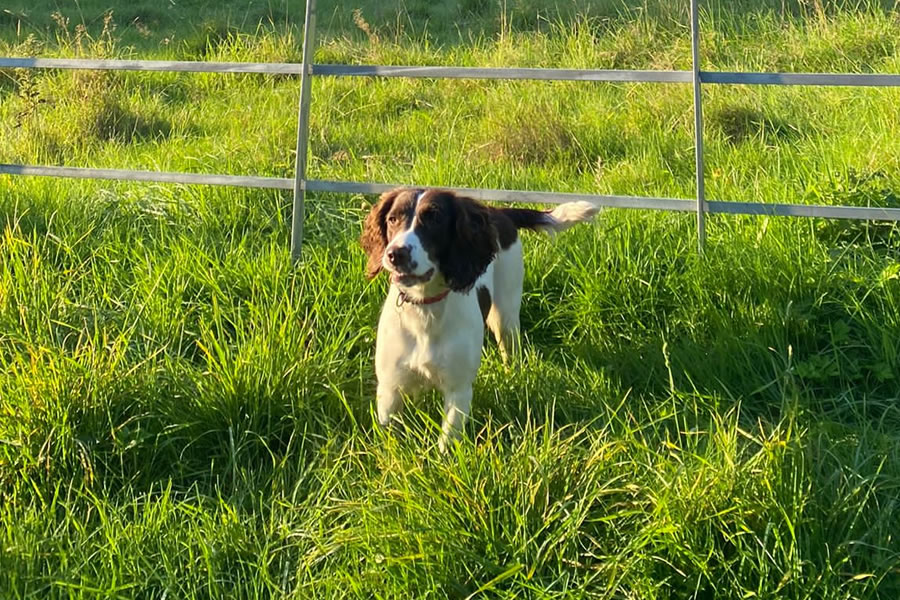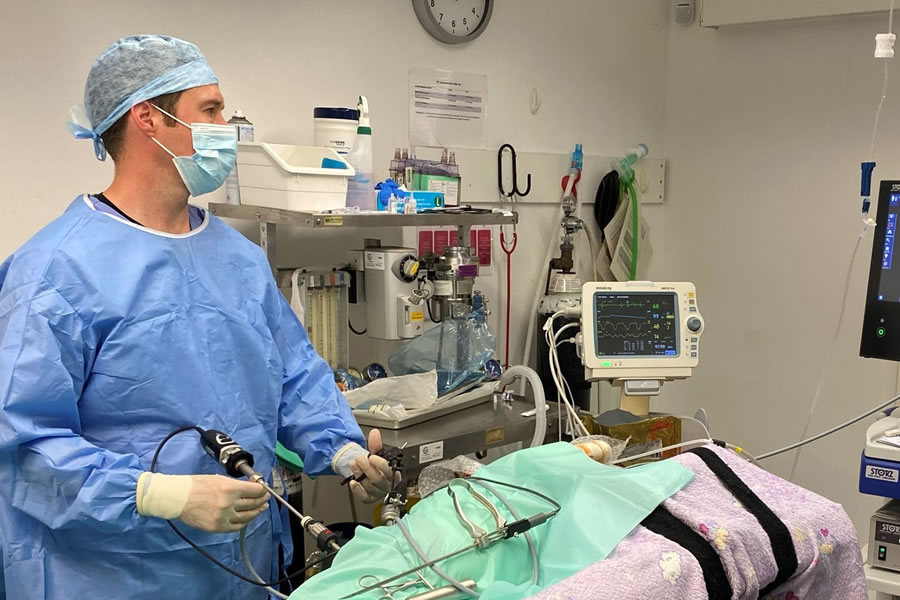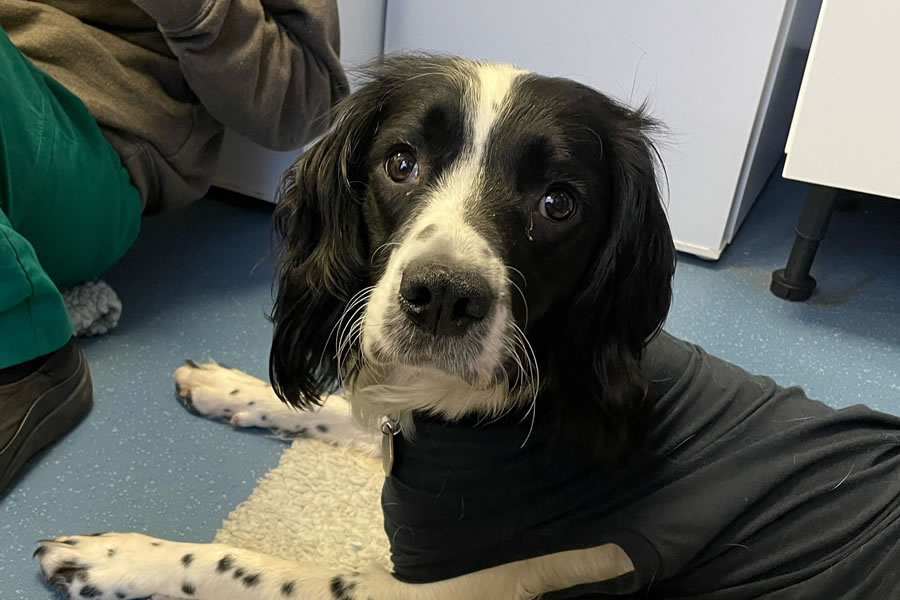LAPAROSCOPY BENEFITS
Patient Benefits
- Significant reduction in post-operative pain scores
- Reduced risk of post-operative complications
- Faster recovery and return to exercise (patients can return to full exercise 3 days after a laparoscopic ovariectomy)
- No skin sutures – usually means no requirement for a buster collar


Client Benefits
- Less pain for their pet
- Working dogs faster return to work
- Often aware of the benefits from human surgery
Practice Benefits
- Surgeons – better visualisation and cautery means procedures are safer
- Nurses – improved patient welfare, smoother anaesthetics, faster recovery
- Team – sets the practice apart from others, pride in offering the service, benefits for their own pets
- Finances – loss leading bitch spays become profitable
- Expand the service for medical cases (liver biopsies, thoracoscopy, lap-assisted GI biopsies) and diagnostics (otoscopy, rhinoscopy, cystoscopy)


Myth Busting
We have heard many queries about veterinary laparoscopy over the years, so here are a few myths we can bust for you and your team
- ‘But I can spay a dog through a tiny hole’ – It’s nothing to do with the size of your spay wound. The majority of pain from a conventional spay arises from stretching/tearing the ovarian ligament and inflammation from tissue handling and ligatures, not the size of the abdominal wound. All of these are reduced or eliminated with a lap spay.
- ‘The procedures take a long time’ – initially, while the team are learning, they will take longer. But with the right support and guidance a keyhole spay takes no longer (and is often, according to many studies, quicker) than an open spay.
- ‘Risk of pyometra/uterine cancers’ – during a keyhole ovariectomy, so long as the uterus looks normal we leave it behind. We know this is safe to do, as without the hormonal influence of the ovaries the uterus will not be at risk of pyometra or neoplasia.
- ‘My friend had shoulder pain after keyhole surgery’ – we do not see any lameness or hesitation with our canine and feline patients, so shoulder pain appears to only be an issue in humans


